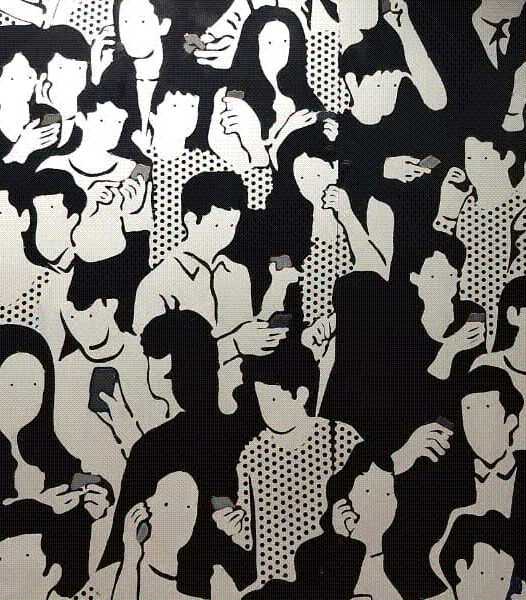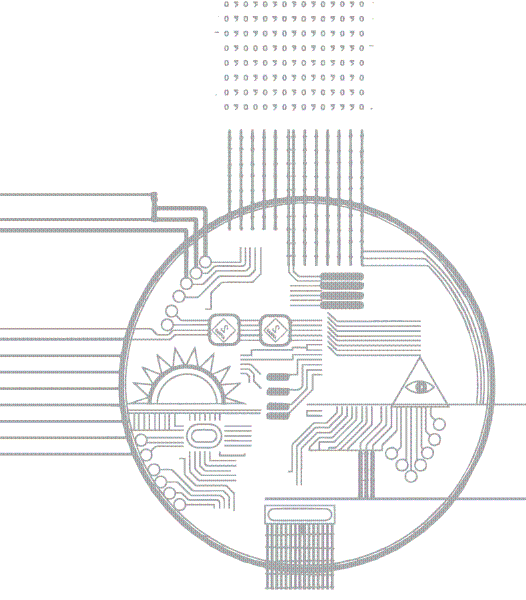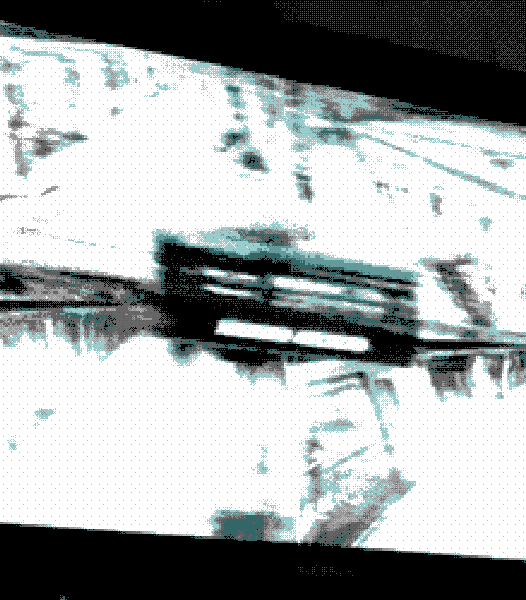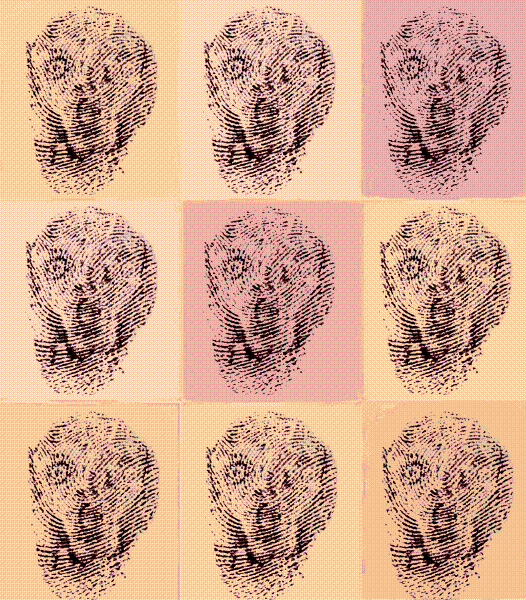Themes

Infrastructure
Infrastructure as a field enables the storage and circulation of objects and energies, the mobility of populations, the communication of images, texts, sounds, the rendering of the world as information and data; and infrastructures work at different speeds and durations, including the possibilities of infrastructural decay, of breakdowns, stoppages, close-downs. Early Sarai work in this area considered the history of cable and cable television, and of the planning, layout and changing commodity life of media markets in Delhi. We also looked at the institutions of film distribution, delivery and exhibition, the transformation of listening cultures through audio cassettes and audio files, the legal architectures of regulation and media piracy. In the recent past researchers have worked on electronics and computing, the public life of sound, and a new emphasis on technologies of the voice, the longer history and the contemporary focus on its machinic rendering and analysis in health care, crowd and commuter management, in voice recognition and as legal evidence. Infrastructures are not only functional, they have aesthetic dimensions, laying claim to public attention, excitement and immersion: from the monumentality of dams, irrigation canals, rail, road and air-travel, through the architectural attractions of built environment and sensory experience of light and sound and air, and the aesthetics of digital interfaces. Sarai research has tracked infrastructural histories through multiple archives and sites, from the governmental archive, technical and educational institutions, media companies and data consultancies, courts of law, personal collections, field work and oral history.

Data
Since the end of the last decade we have seen the expansion of planetary computational systems and a new global hype about data-led transformations. We have seen multiple efforts to transform all modes of data collection, organization, storage, mining, analytics and visualization. Data-driven knowledge production is primarily rooted in a meshed network of concepts from statistics, cybernetics, micro to planetary scale computing and information flows, standardisation, classification and statecraft innovations. Not surprisingly social data has been significant to the constitution and circulation of data-driven models; this is the data collected and generated by governments, academia, businesses including technology companies, and civil society organisations pertaining to education, health, development, poverty, public behaviour. The first foci of Sarai’s work on data explored the historical and emergent conditions of data-driven, statistical and computational knowledge production in the social sector. The global hype on data-led growth has now waned, revealing new structures of surveillance, uneven information systems, and disjunctions between the materialities of paper records and digital interfaces – all questions raised in Sarai’s research.
The second part of Sarai’s interest in data is the connection to the ecological conditions of media. These include the informational questions of climate debates, demanding historical, cross-disciplinary, philosophical and creative interventions. Data interacts and intervenes in existing environments through sensors, media systems of photography and satellite surveillance. The media questions of anthropogenic environments have come up in Sarai conferences and debates, and remain a key interest for us.
Finally, we are interested in data’s place in the new experience of media. Many now access cinema and television through mobile phones. These coexist with phone applications like Whatsapp and Tiktok which circulate clips, memes and user performance pieces that reference multiple media experiences. In turn, now software platforms harvest user data, gadget sensors (GPS, camera and audio information) relay information to cloud systems while constantly intervening and curating user experiences. The questions thrown up by this emerging landscape will form part of Sarai’s interest in data in the coming decade.

Archaeology
In its attention to multiple temporalities and histories of media, Sarai’s research has been archeological from its inception. Sarai’s early project Publics and Practices in the History of the Present was a good example, with research ranging across cinema, video, digital media, print and sound. There was engagement with practices thrown up by the present alongside media considered obsolete, and our work generated a great variety of forms, from focused mailing lists, research posts, academic articles, wall papers, broadsheets and books to conferences and experimental forms of art and media practice. Our archaeological approach to the contemporary is highlighted in recent conferences and informs current projects such as Objects, Media Practices, Aesthetics and Politics, relating to the media history of advertising and publicity, to our work on crowds, media and democracy, and on media in times of war.
Approached through the prism of archaeology, time may appear remarkably indifferent to the logic of linear succession and technological obsolescence. Social media today, the sheer speed and virality of circulation of texts, images, sounds through heavily decentred and dispersed technologies of reception appears unprecedented; and yet we may turn back to recall the social panics that accompanied the printing press and mass print culture, opening out not only the sacred text but unsettling hierarchies through the circulation of critical and scurrilous writing. “Old” media rests within the armature of the new. Even as digital culture burgeons, analog video is used by a subaltern population in Malegaon, a power loom weaving township in Maharastra, to fashion an amateur cinema culture. As migratory subaltern populations use cellphones for their work, they make up for limited internet access by going to mobile repair and accessory shops to upload songs and video clips which will reproduce their ties to cultures of orality and the folk. As research into data analytics at Sarai has shown, the bid to introduce analytics through new ways of organising, storing, and computing nevertheless rests on local networks and intermediaries of information-gathering and on paper-writing systems. Satellite broadcasting and internet access appear to free communication from older exhibition logics requiring the cumbersome infrastructures of transportation, assembly and projection; and yet, we continue to see the virtual made present through mobile vans, screens and projectors, harking back to colonial times, mobile film screenings and the physical congregation of audiences. Our experience suggests a looser, less determinate relationship amongst technologies and publics, an archaeology which reconfigures old and new in a complex braiding of experience

Law
Sarai research has looked at the interface between law and media for almost two decades. We are particularly interested in the media-technological conditions of the legal event. Law is a dynamic intermedia junction producing media events, forensic theatres and technologies of judicial record keeping and circulation. The legal trial has been a productive site for the constitution of media practices. Sarai researchers have followed questions emerging in law courts, forensic departments, cyber-labs and police stations. Sarai has supported research on social media and internet related technology and hosted debates around privacy, surveillance, and evidentiary standards. Sarai events on these issues range from our first landmark conference Censor-Census-Censor in 2006 to the Act of Media Workshop in 2016.
The first decade of Sarai research looked at how copyright, property and piracy, regulatory regimes and their circumvention, shaped the experience of media technology in the everyday. We have also been interested in questions of media censorship, forms of speech and expression, publicity and circulation. In recent years we have seen how the older models of media censorship have been overtaken by new players and techniques. We now have non-state actors involved in propaganda, publicity and misinformation; and transnational media companies like Facebook have transformed conditions of expression and circulation with apps used by millions in India. Apps are not governed by constitutional legal systems but closed technological protocols, yet they affect public expression in a significant way. Sarai researchers have tracked some of these questions and are also interested in hate speech and the management of information online, both by states and independent political actors.